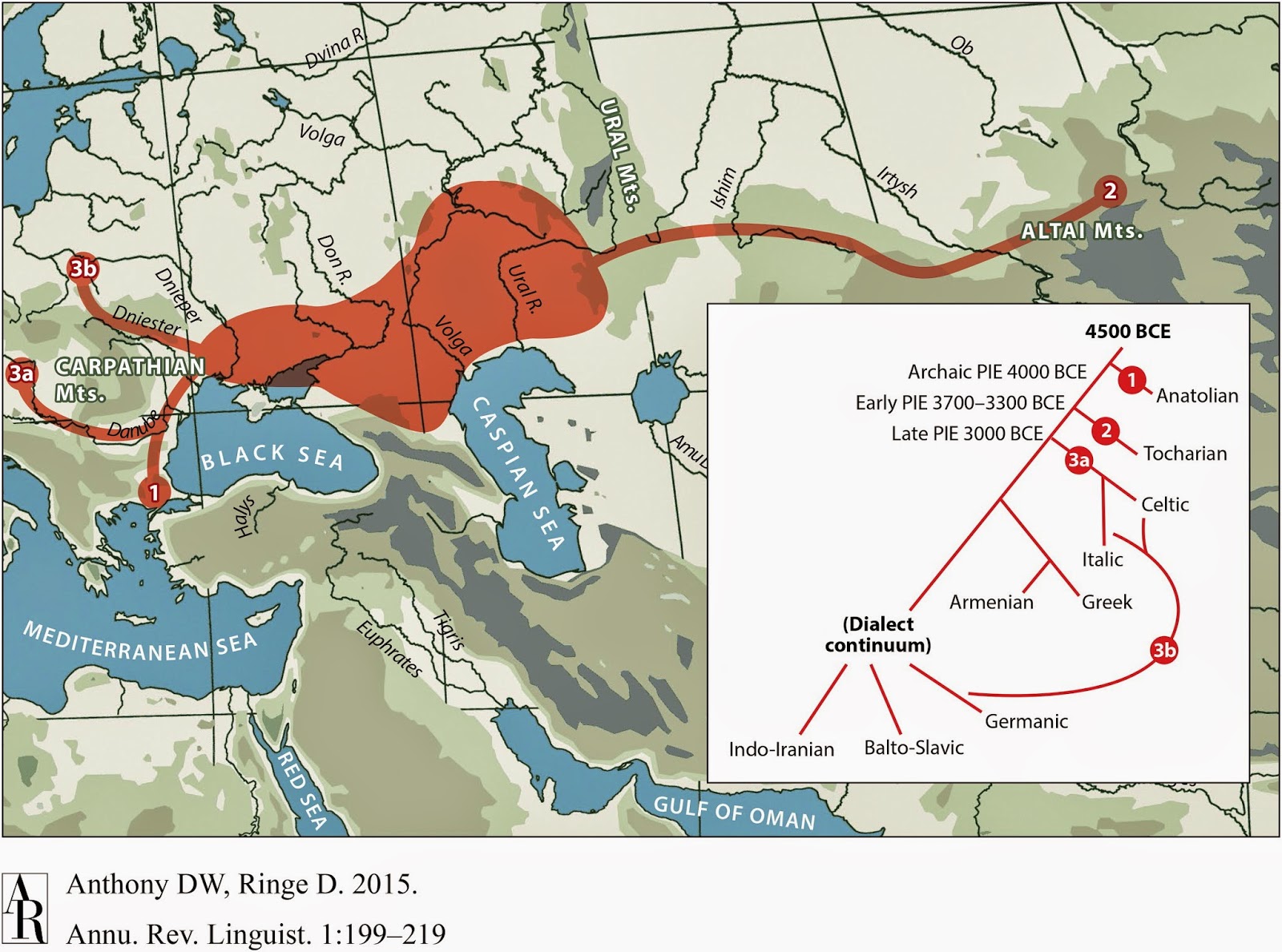LeBrok
Elite member
- Messages
- 10,261
- Reaction score
- 1,617
- Points
- 0
- Location
- Calgary
- Ethnic group
- Citizen of the world
- Y-DNA haplogroup
- R1b Z2109
- mtDNA haplogroup
- H1c
I like your visualization method.I will try to explain it.
Look see it that way. From ancient Armenia perspective (in the middle)

Those ancient samples on the more on the left side of the "ancient Armenia" cirlcle will have Italians/Greeks/Bulgarians as their top 10 fit. But the following ten (11-20) are the North Caucasian/Iranic groups.
Those ancient samples who are more on the eastern part of the circle will have NorthCaucasians/Iranic groups as their top 10 fit but the following ten will be the South Euros.
The ancient samples are very similar just that their genetic make up position them in between modern South Euros and North Caucasians/Iranics. And depending on a few percentage more in one or the other component some will have South Euros in their top ten followed by North Caucasus/Iranics and vice versa.
If the table were going further down to top 20 we would see this as in the one Iron Age Armenian sample. Unfortunately I don't have the following 10. The person who made this admixture Oracle did not list the top 20.
So far I would guess that Bronze Age Armenians came from Balkans or from the Steppe. Or whole Anatolia and Caucasus was more IE? We need more Near Eastern samples.



